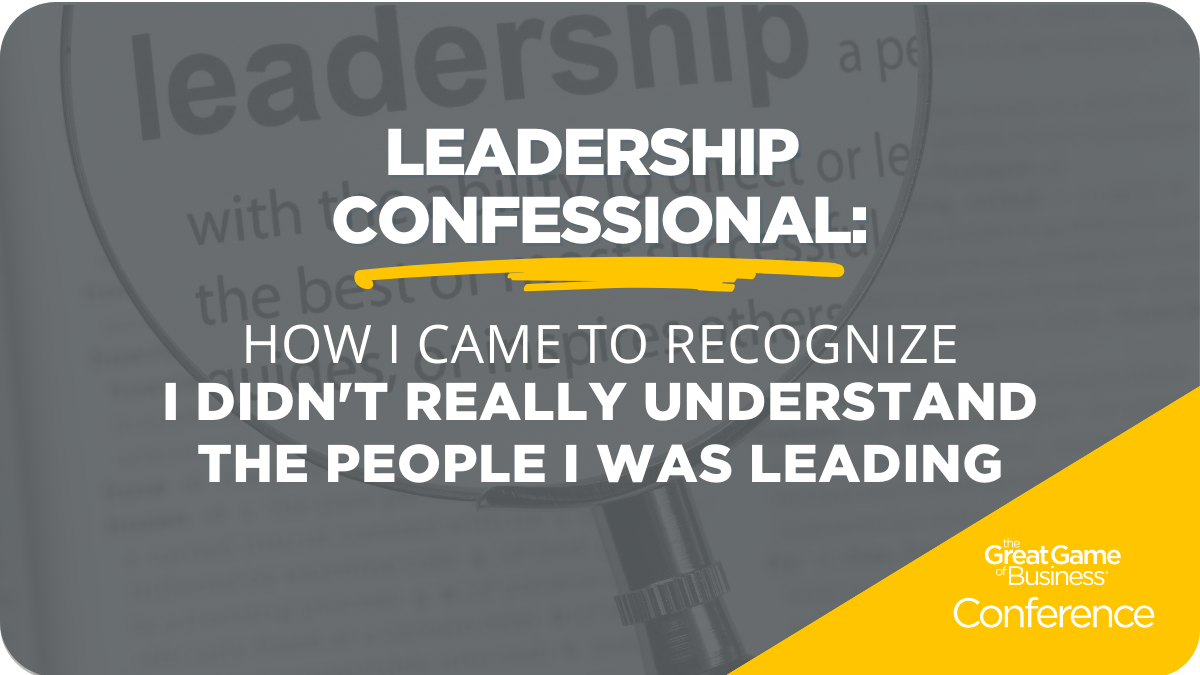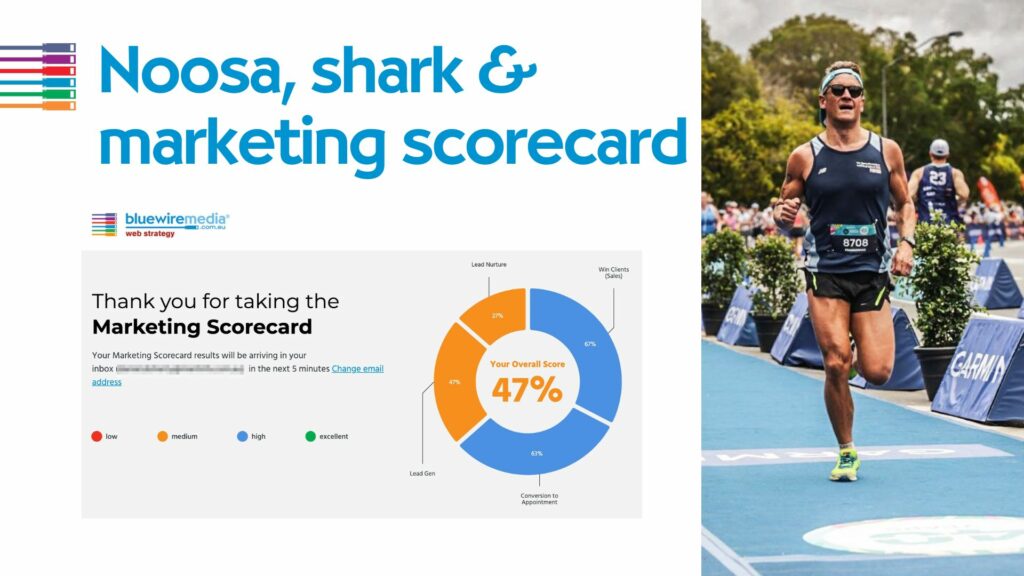Establishing a Living Wage
After I delivered my final kit, I called Justin. He told me he had just finished his deliveries as well. I asked him how it had gone. Without further prompting, he told me he had seen similar things to what I saw. Most folks seemed to be “doing fine.” But about 20% of the places he visited left him surprised and saddened. Clearly, we needed to do something to help. I asked him to give it some thought over the weekend and we agreed that we would regroup on Monday to discuss our thoughts.
When Monday came, I felt worse. This 100% employee-owned company with a strong culture of care, community, and family included folks who were struggling to meet today’s needs. Between our 401k (and match) and ESOP they would certainly have a very handsome retirement. But those funds couldn’t help them with a car payment, insurance, electric bills, or a kid’s college tuition. We had taken a big step toward fixing the wealth gap in retirement, but that wasn’t enough to meet our colleagues’ immediate needs.
After much discussion with our executive team, board members, and some outside advisors, we came up with our own “Living Wage” program. Based on data for our area, we determined that $50,000 was the minimum amount required for a family to live comfortably. We currently had folks working for us making around $35,000, which was “market rate” for their job description. We had felt like our benefits package, plus our bonus plan (worth up to 20% of annual compensation), would put us above market. And it probably did, but it still did not solve these problems.
Through our discussions, we also came to realize that not all the issues we were seeing would be solved with more money. Financial literacy education was needed to give them the tools and support to make wise decisions. So, we paired the Living Wage Program with a financial education class (basic budgeting, accountability, etc.). We then put them on a fast track to $50,000 a year by issuing more frequent salary and performance reviews with the plan to get everyone in the company up to $50,000 inside of 24 months. We also made some upward adjustments to those folks who already made a living wage to ensure that they did not feel forgotten.
The program was rolled out 12 months ago and it has been well received. Our team expressed a great deal of gratitude for the creative thinking and how the company took action. One family was able to qualify for a home loan based on the new salary and purchase their first home. And year to date, our team has been able to pay off over $250,000 in debt through the financial education program. However, we now find ourselves in an extremely inflationary environment, which has forced us to re-evaluate what a new “living wage” is for today’s environment.
A Call to Action
Many of us as business leaders invest a lot of time in peer groups, reading, studying our unique markets, and our balance sheets in order to run a great business. My encouragement to you as “people first” leaders is to spend time with your people on their turf and terms. Be humble and open about what you don’t know—and what you can learn. If you can do that, I can almost guarantee that you will discover unique ways to improve the lives of people in your care as well as the health and performance of your business as we certainly realized. Isn’t that what servant leadership is all about in the first place?



